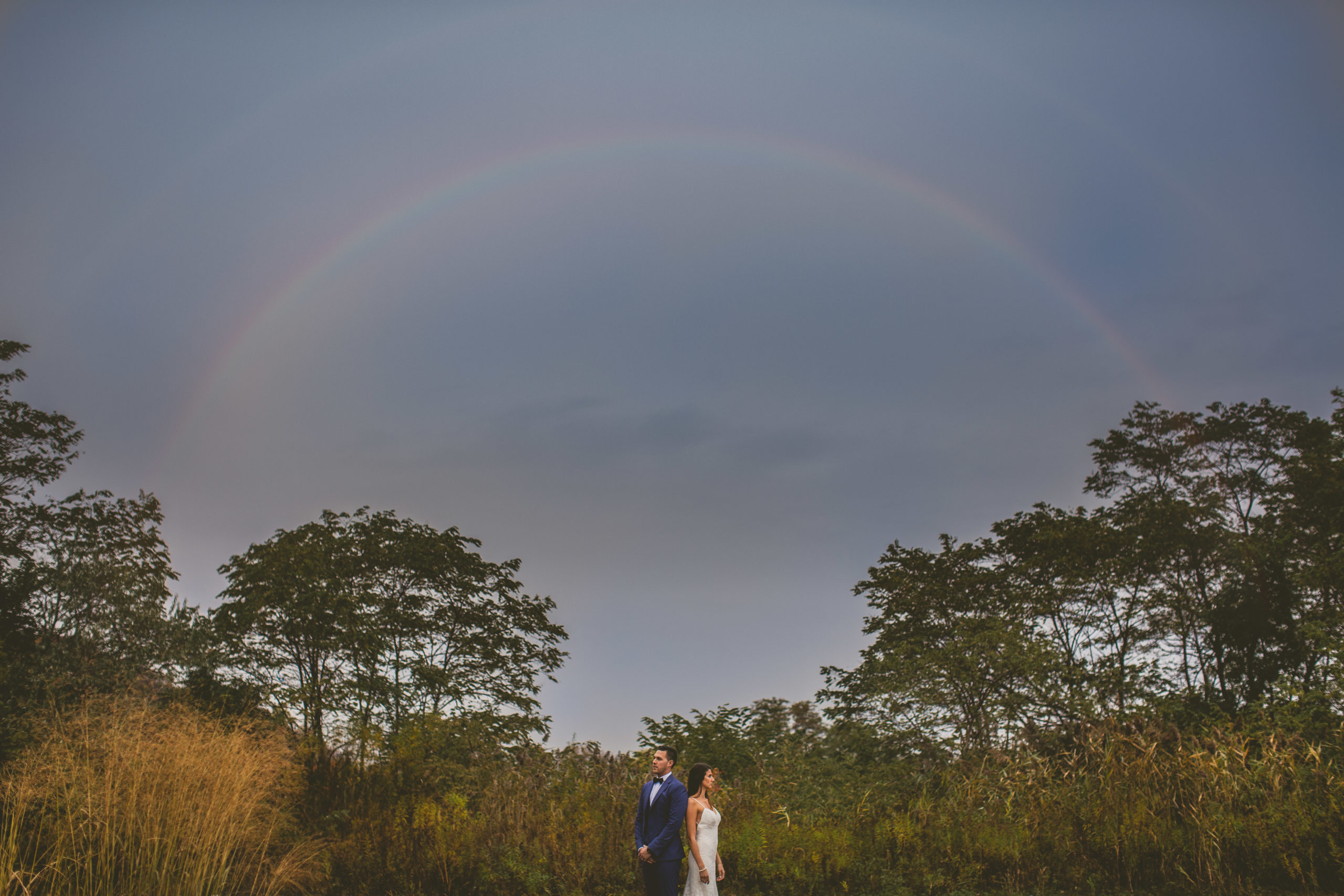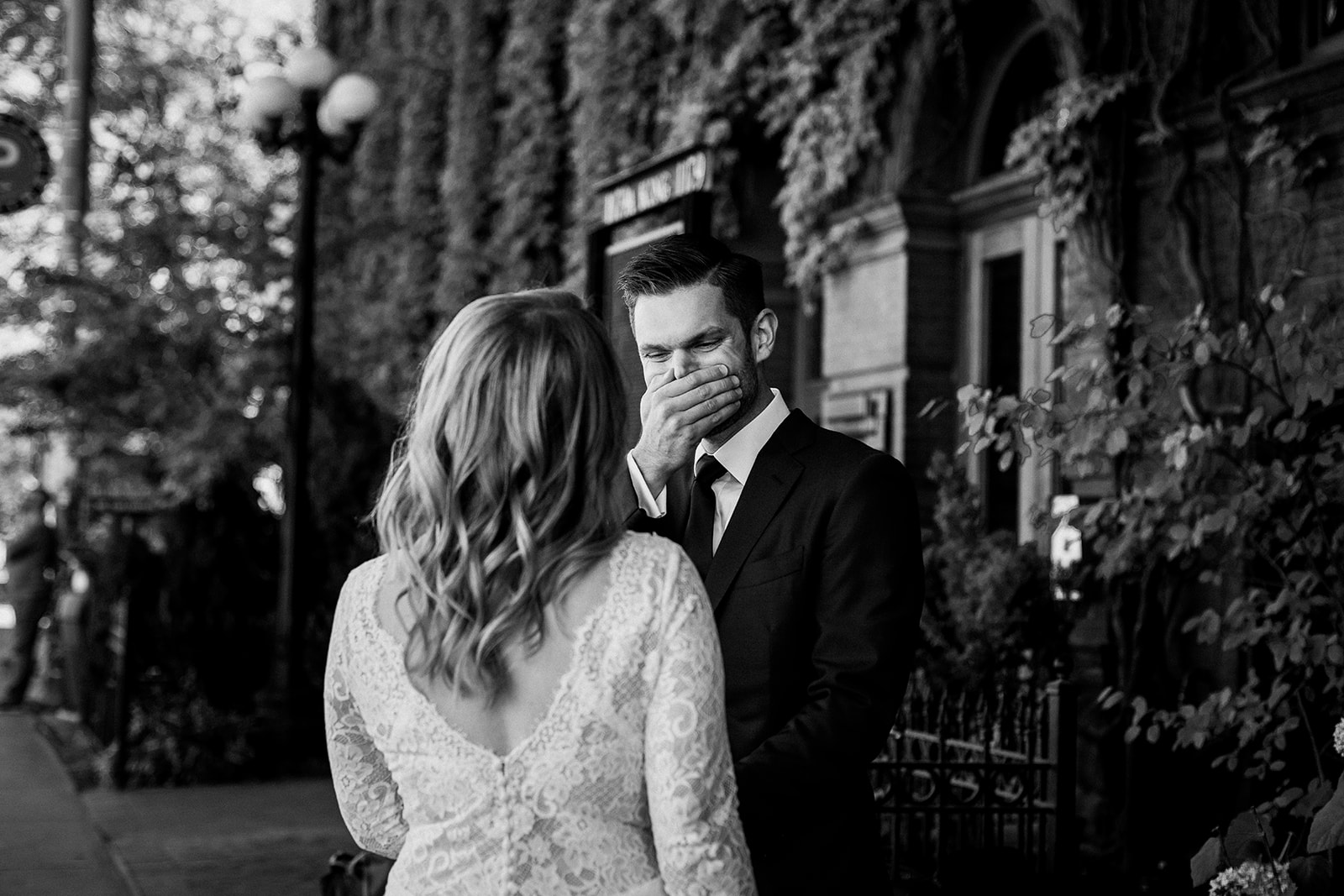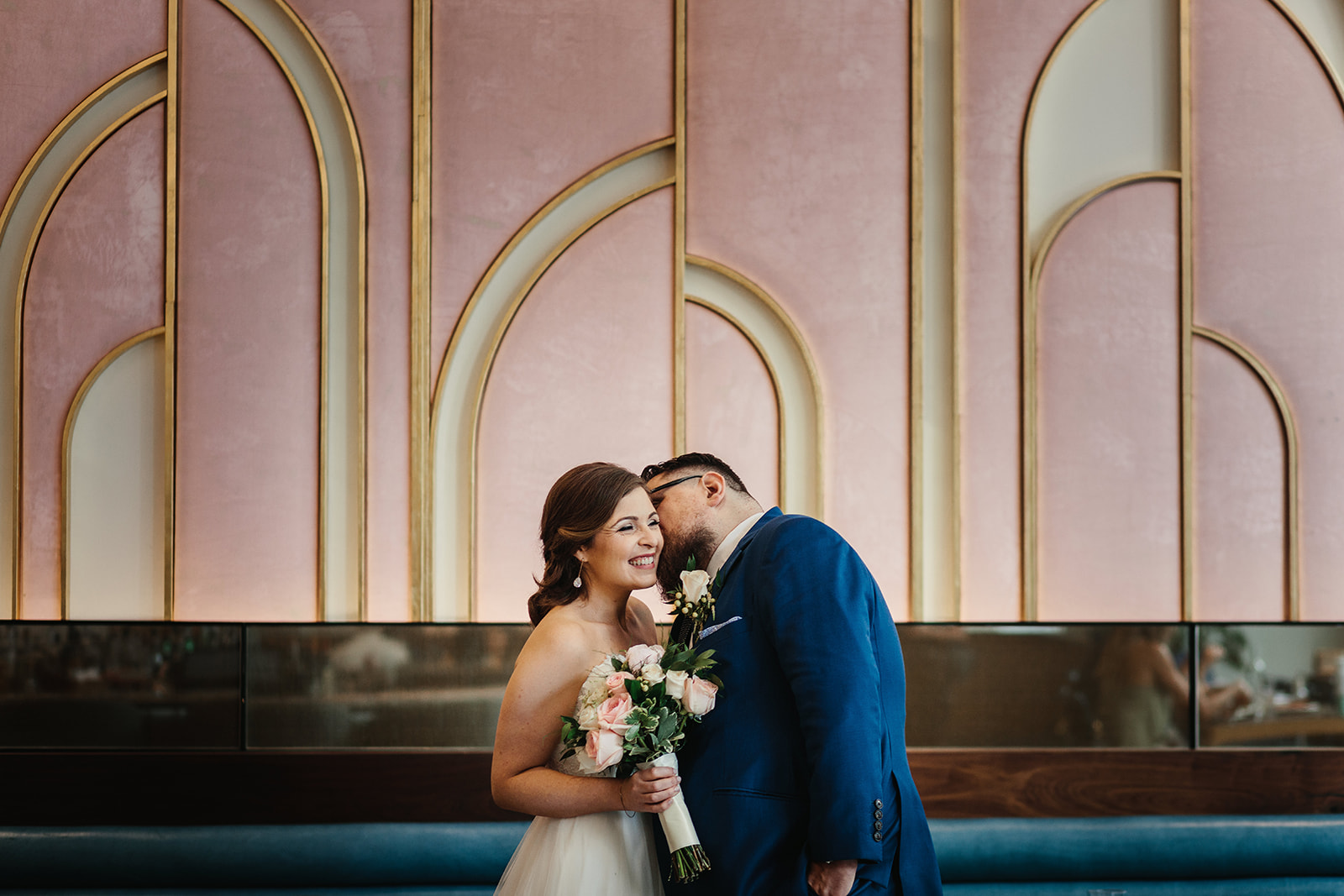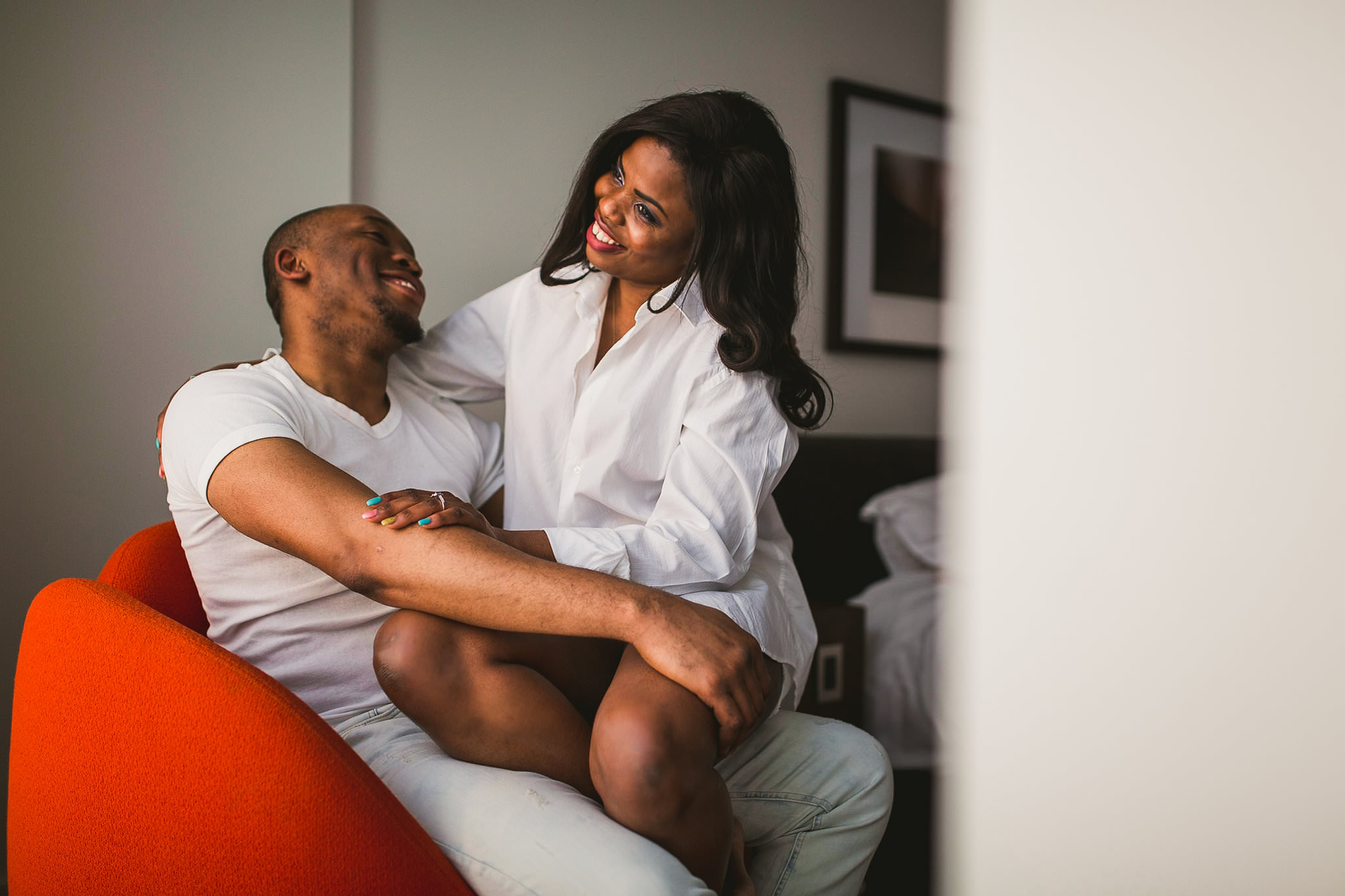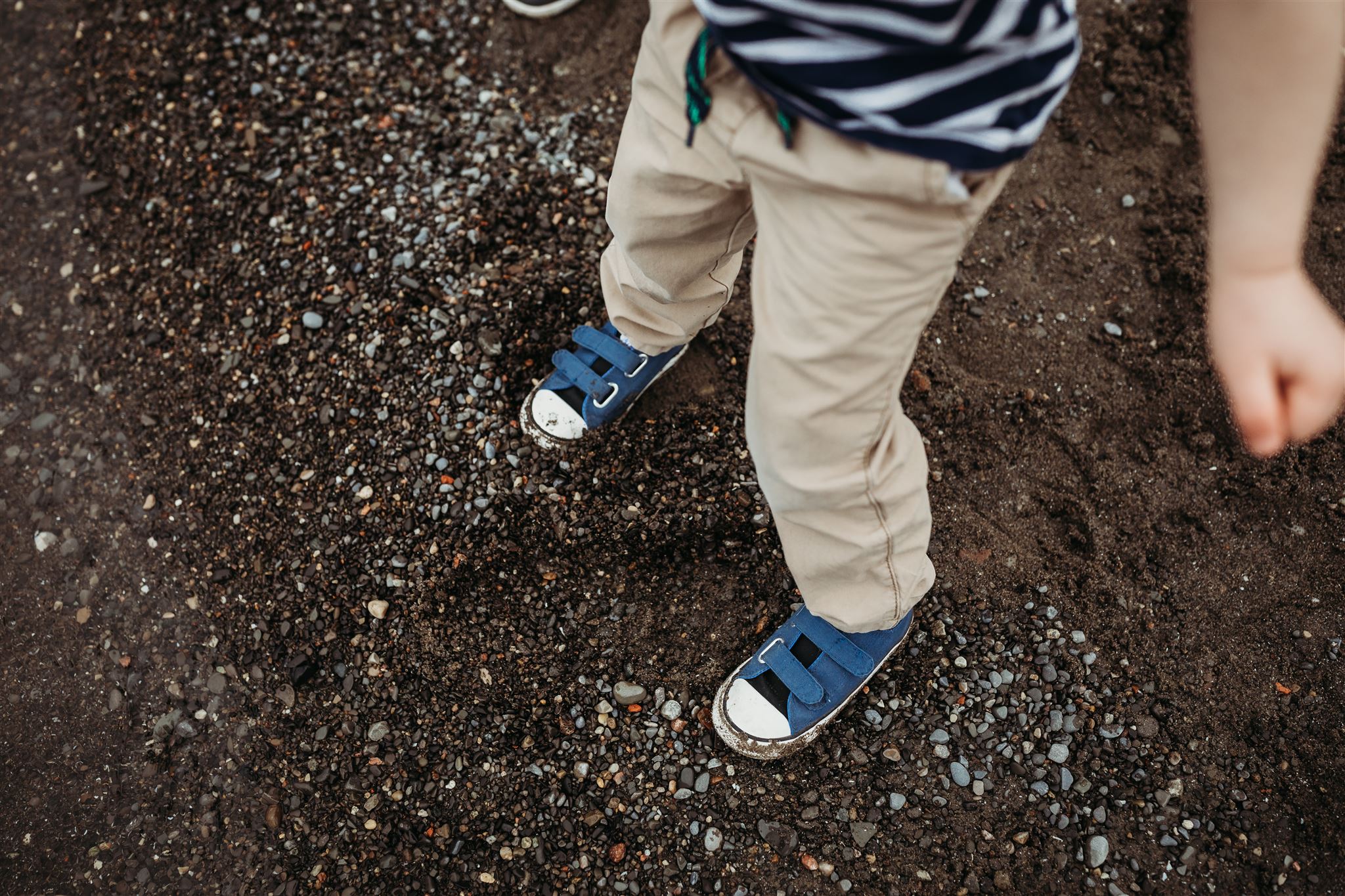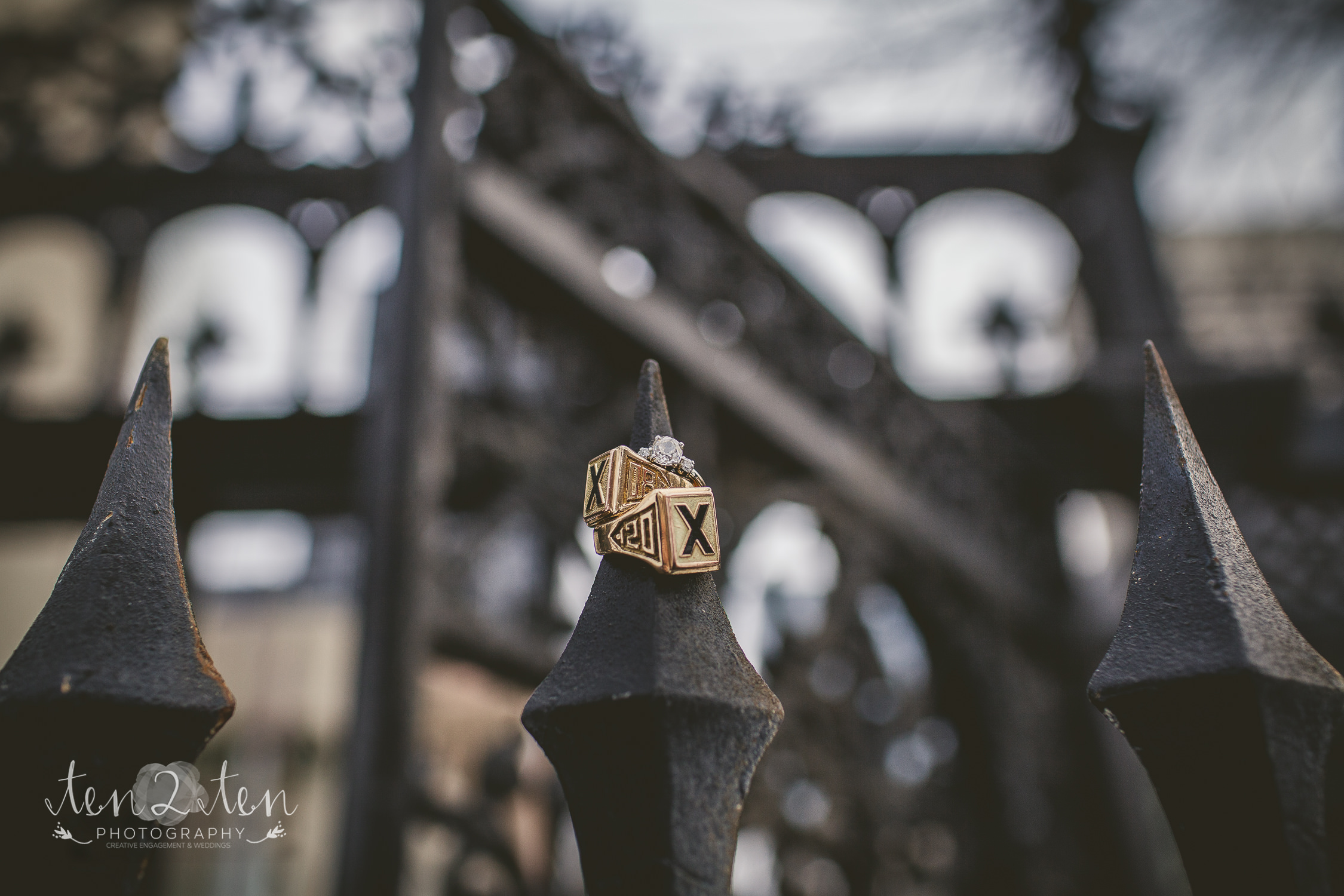Photography Safety during COVID-19
I didn’t want to call this “guidelines for safety as a photography” because I’m not speaking in any official capacity and instead, encourage you to always check for the most up to date information by your local public health unit as well as the WHO and the CDC guidelines. With that being said, aside from being a photographer I do have a background in healthcare which provides me with a unique set of skills to better understand risk assessment as well as the plethora of real versus misinformation shared online regarding covid. I want to do my part to help my photography community and have decided to share my perspective on photography safety during COVID-19.
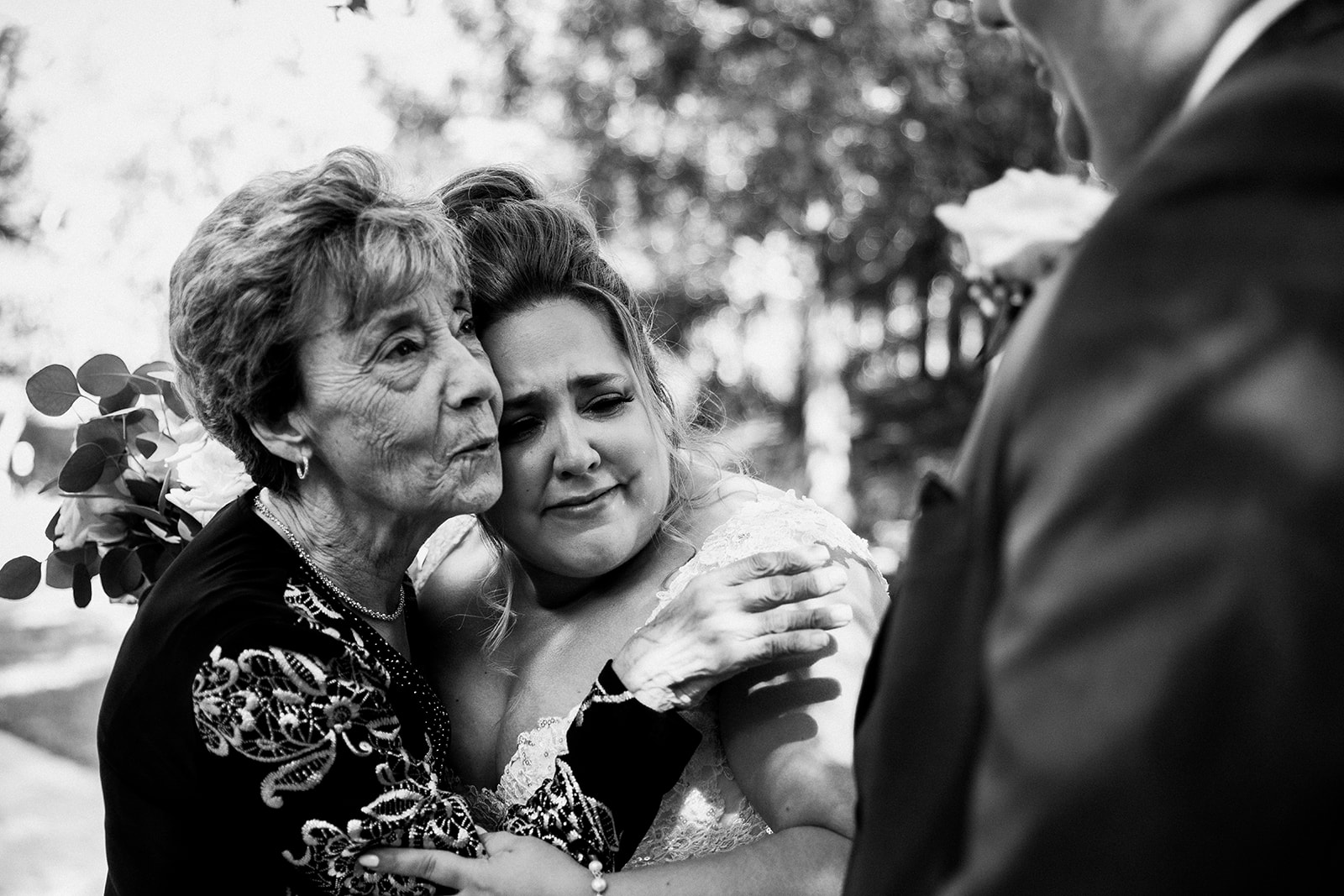
Photography Safety During Covid-19: Stay at Home Orders
First and foremost, stay at home orders always trump everything else. Photography is a luxury service and is completely non-essential. Some folks have had a hard time wrapping their heads around that and some photographers are notorious for pushing the limits and even blatantly disregarding public health information and finding reasons to claim it’s okay to work. We’re all tired of lockdowns and stay at home orders but I can guarantee you that there are families out there who would happily stay home for the next 10 years if they could bring their loved ones who passed away from COVID back to life. Photography shouldn’t be happening at all during stay-at-home orders so please don’t use any of the below to justify why you think you can still work during stay at home orders.
Now that that’s out of the way, let’s talk a little bit about what makes photography both a unique and difficult situation to assess risk for and how that related to photography safety during COVID-19.
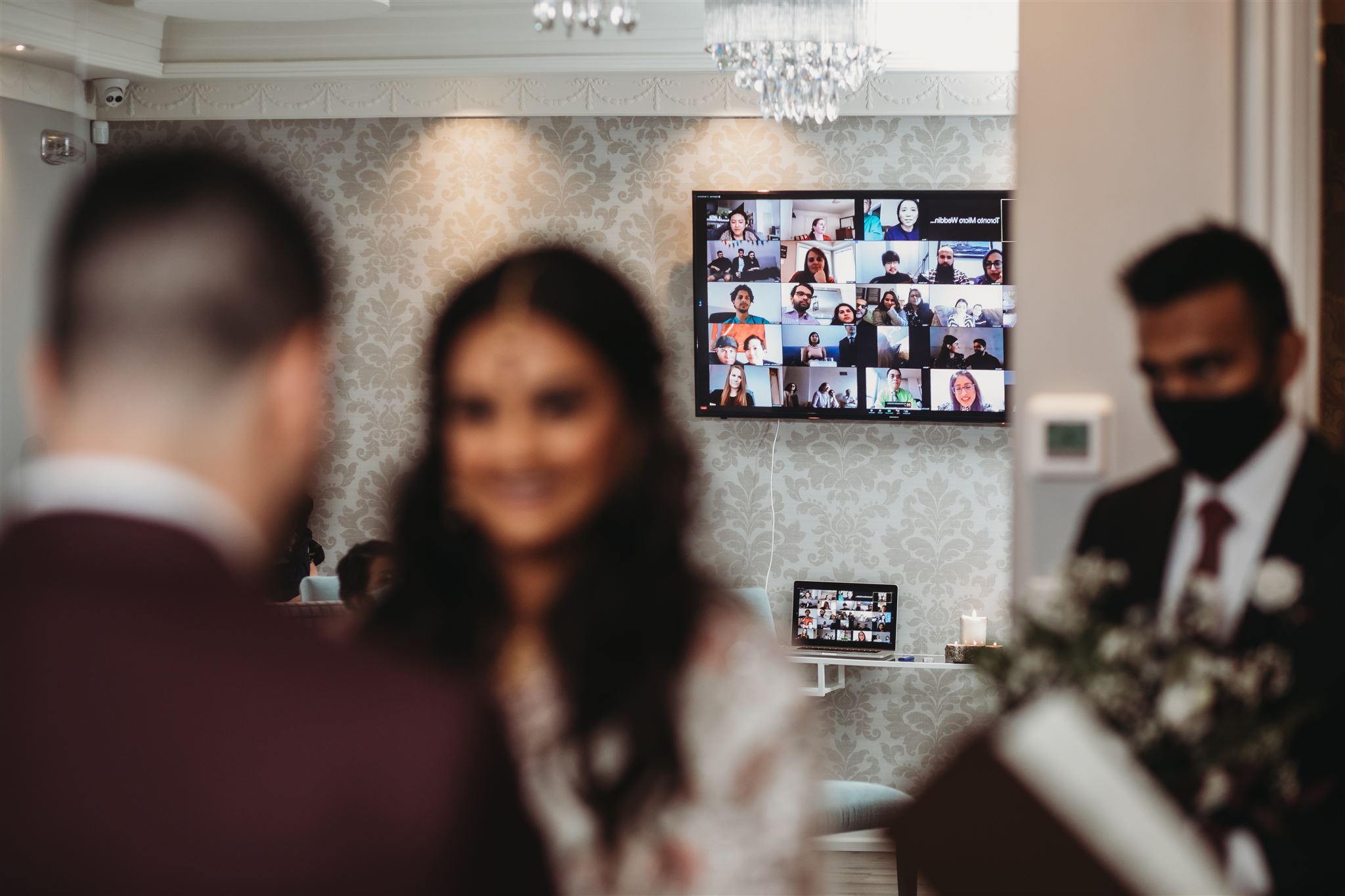
How is Covid Spread
COVID is airborne; it is not “droplet” spread. The WHO finally changed their stance on this in late April of 2021. Unfortunately the considerable amount of public educated needed regarding teaching folks about how to stay safe from aerosol transmission is lacking and a lot of folks still think that “6 feet away” is the holy grail of protection.
So what’s the difference between droplet and airborne? Airborne transmission consists of exposure to smaller droplets and particles at greater distances or over longer times. This means that whole “six feet away” thing is, frankly, complete BS. There is no magic distance where you are all of a sudden safe from airborne transmission. Rather, airborn transmission risk increases with: more people in a space, more time spent in the space, the quality of ventilation in the space, how many people are wearing masks and the quality of the masks they are wearing.
This means capturing “getting ready” photos on a wedding morning with 5 maskless people stuffed into a regular hotel room isn’t smart!
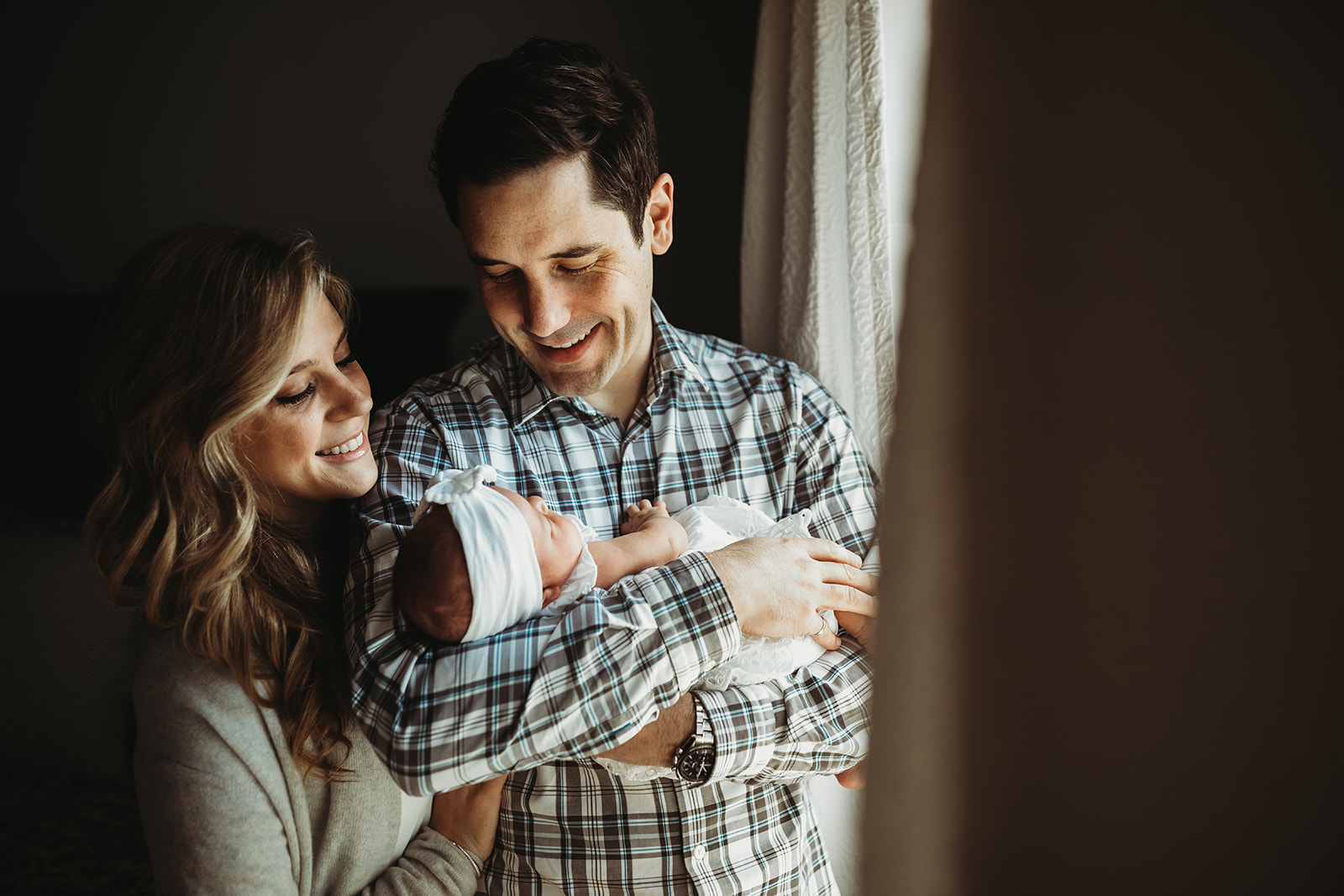
Masks & Photography
One of the biggest problems we face in regards to photography safety during COVID-19 is that our subjects can’t exactly wear masks if we’re expected to photograph their faces. While they should be wearing masks up until the point at which we photograph them, they still have to take off their masks if they want photos of their faces. Any job where a person must be maskless is a higher risk job, regardless of ability to distance.
Here’s why: Even with COVID being airborne, cloth or surgical masks (ie: not N95 respirators) are for source control. That means that even if someone has COVID, the likelihood of them spreading it if they are wearing a mask is greatly minimized. Cloth or surgical masks do not form a tight enough seal to protect a wearer from inhalation particles; that’s what properly fitting N95 (or KN95) respirators are for, in addition to eye protection.
So you wear a mask to protect me. I wear a mask to protect you. But if you’re taking off your mask – I’M the one who is being put at considerably more risk (as well as any people in my family that I’ll be going home to after the session is over)
We know that COVID is airborne; that means that putting on your 70-200mm isn’t going to keep you safe if your client has COVID and isn’t wearing a mask. It also means that even your surgical mask won’t keep you safe.
…. it’s time to acknowledge risks and think differently.
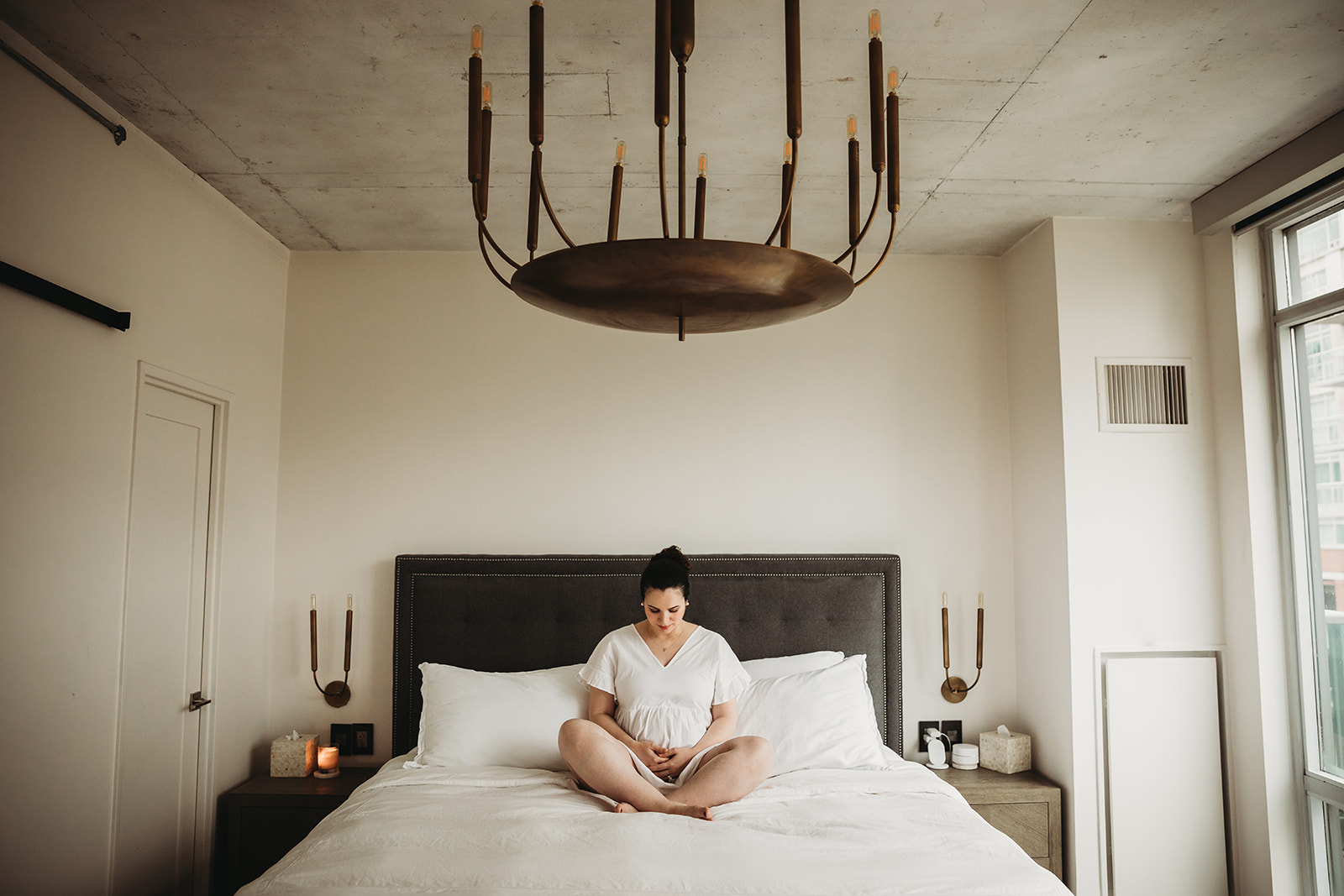
Indoor or Outdoor Sessions
With everything we’ve learned above, it’s clear that outdoor sessions will be safer for the forseeable future. This is because when you’re outdoors and in the open air you don’t need to worry about lack of ventilation but I would still recommend the use of an N95 or KN95 respirator for additional protection.
I still would recommend following all your provincial or state guidelines regarding mixing of households, when masks are/are not required and adhering to group size limits. As I mentioned above, your local guidelines will always trump anything written here.
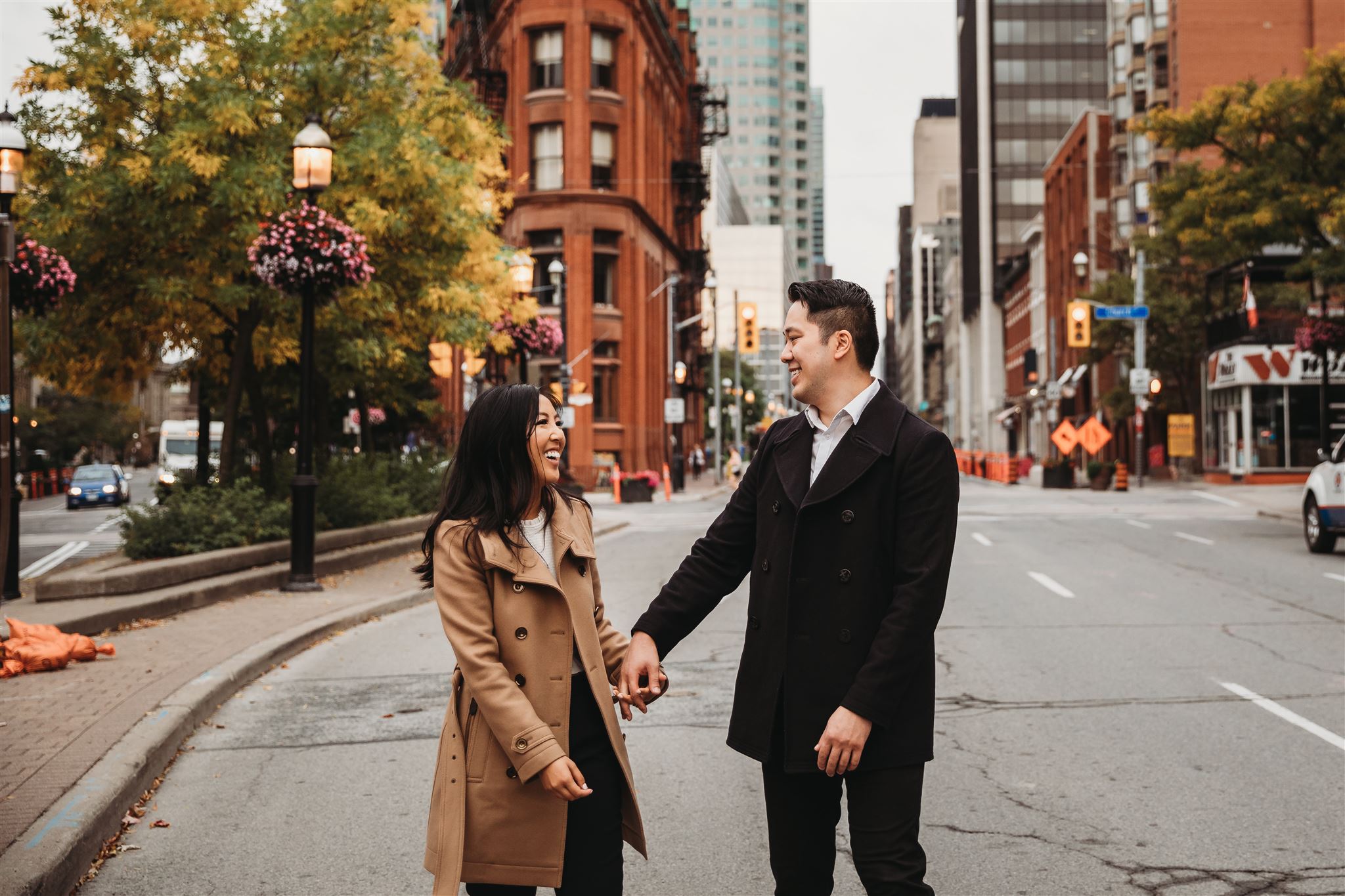
COVID Vaccine & Safe Practices
Part of understanding photography safety during COVID-19 means understanding science. There are a lot of completely uneducated business owners, even here in Ontario, that are refusing to provide services to vaccinated people because they fear that “viral shedding” will make them sick. This is wrong for so many reasons but let’s use reasonable, rational thinking here for a moment (although that seems to be a limited talent these days…)
If we could “shed” the vaccine to other people after getting it, we wouldn’t be worried about vaccine rollout. We’d just give the vaccine to someone that likes hugs and tell them to go and hug everyone in their community for mass innoculations.
If we could shed illness through vaccines, the world would be riddled with measles, rubella, polio and many of the other diseases that have been nearly eradicated by vaccination. This kind of science denying mentality is being used to gain media attention and, quite frankly, contributes to vaccine hesitancy as well as to avoidable deaths as the spread of misinformation has been proven to show many times over.
People being vaccinated will not harm a photographer. If anything, it’s the other way around – photographing unvaccinated, maskless clients can be exceptionally risky.
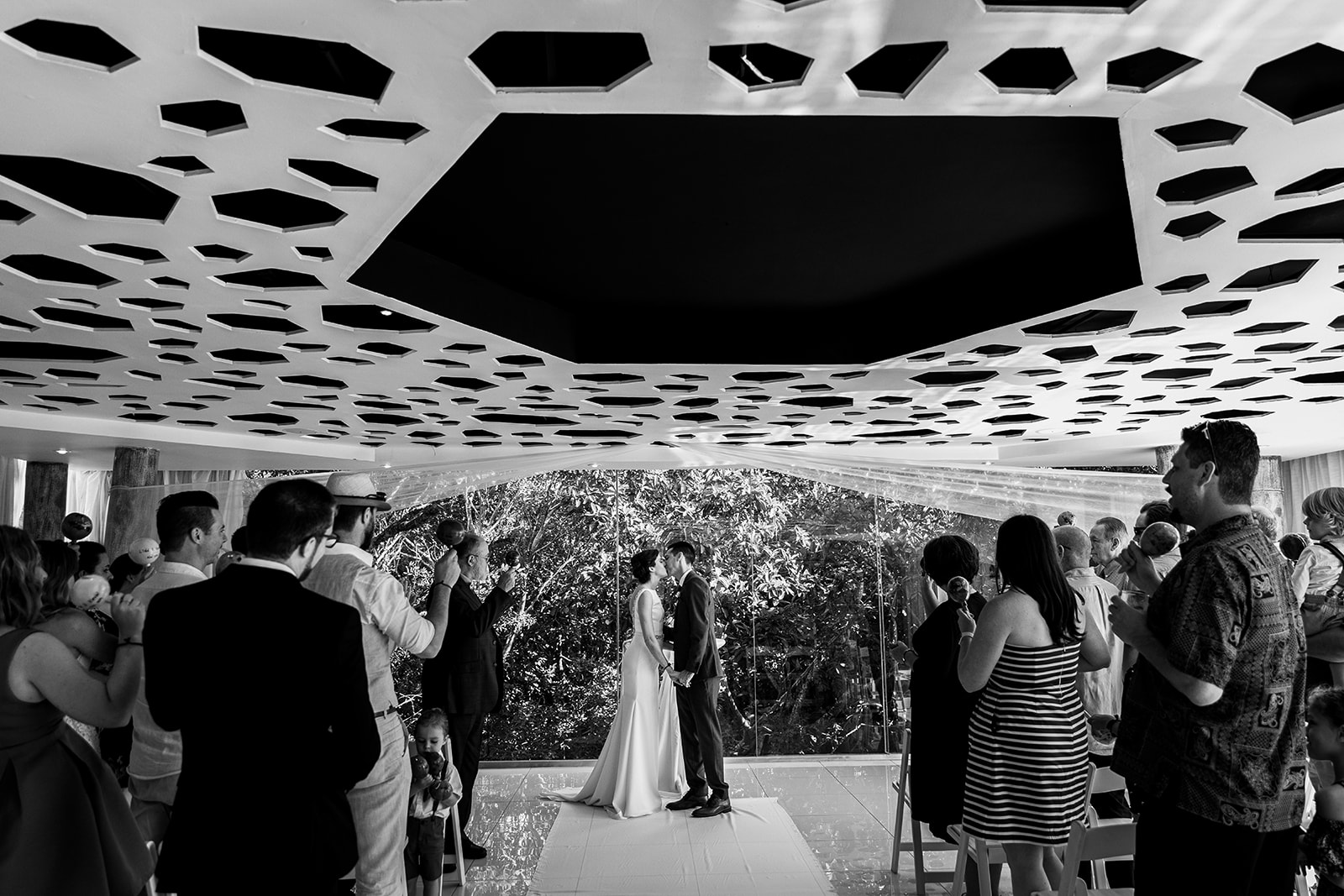
Photography Safety During COVID-19: Establishing a safe shooting policy
In Ontario, businesses are expected to have a COVID safety plan, so make sure to read that and add any additional elements into your strategy beyond what’s listed below. (I’m here to give you breadcrumbs but I’m not baking the whole loaf for you.) You can also look at the IATSE practices for more information about how actual production sets maintain their safety (hint: it’s so much more than ‘I’ll just slap on a zoom lens!’) and the Professional Photographers Association of Canada for more guidance and links to relevant information but always check the dates of information! Things change quickly during the pandemic and you don’t want to use outdated information.
Always remember: if a client of yours tests positive in the 14 days after a session with you, contact tracing will lead public health to your business which may mean that your policies are scrutinized – so make sure to have organized, safe and science-based policies.
Outdoor only
Stop booking indoor sessions immediately and for the forseeable future. It’s great that the WHO finally admitted that COVID is airborne (something most frontline healthcare professionals were trying to tell the world a year ago when we saw our colleagues getting ill with ‘proper surgical mask PPE’ on.) but the world hasn’t adjusted to that new news yet. Social distancing means nothing for airborne diseases, ventilation is key. So keep it outdoors.
It’s going to be difficult to know when we can shoot inside on a regular basis again because at least in Ontario, photography doesn’t get much attention in our “re-opening framework”. The trick is to find similar businesses within the framework and extrapolate information. The thing that makes photography so different is that our clients are not wearing masks so you need to look at other businesses where clients are not wearing masks for your guidelines. The best one to look at is space services: once spa services are allowed to have their clients maskless, then shooting inside with maskless clients (assuming you’re wearing appropriate PPE) should be reasonable.
Uncrowded locations
Speaking of outdoor locations, there are plenty of photography locations in Toronto but many of them are on crowded beaches and parks so you need to put your thinking cap on and find better solutions because you do not want your clients to be in crowded, public locations. This can mean either finding new locations that are less traditionally popular or shooting at sunrise. Trust me – sunrise sessions are worth it!
No extra people
You shouldn’t have anybody else at the session who doesn’t absolutely need to be there. If you have a hair or makeup team, they should be following all proper guidelines in terms of their PPE but personal guests are going to have to sit this out. Leave your bags in your vehicle instead of having your sister carry them around for you during the session – sorry, but minimizing people minimizes risk!
The only exception to this could arguably be a boudoir session where the client feels vulnerable and having an additional person there is a safety measure. Considering indoor shooting should not be happening at the moment, outdoor boudoir shoots are less likely to happen – but I did want to put this messaging out there because safety always comes first (you know, kinda the whole point of this article?)
Distancing
Distancing doesn’t really matter. Whether you’re six feet or sixty feet away, airborne transmission is a unique beast. In lieu of distancing, you want to focus on:
- Minimizing how many people are in the space
- Minimizing how long you are in the space for
- Maximize the number of people who are wearing masks in that space
- Ensure you’re wearing a respirator and adequate PPE for any mucous membrane (including eyes)
- Ensure maximum airflow and ventilation
When it comes to photography safety during COVID-19, it’s best to operate on the worst-case scenario principle. Assume your clients does have COVID and build your safety policies around that.
Mask vs. Respirator
N95 or KN95 masks are actually “respirators”; surgical masks (let along cloth masks) don’t seal well enough to prevent aerosol transmission. Of course, your mask also needs to be properly fitting so if you’re wearing it and your glasses are fogging, that’s a sign that your mask is not properly fitting.
If you’re doing any indoor shooting, I personally would recommend an N95/KN95 respiratory instead of a surgical mask. For outdoor shooting, I haven’t been able to find significant data about surgical mask vs N95/KN95 so personally I’ll err on the side of caution and go with N95/KN95 unless I know my clients are fully vaccinated in which case I’ll stick with a surgical mask.
The CDC has released guidelines on when masks are required for fully vaccinated people vs. non-vaccinated people and it’s worth checking out!
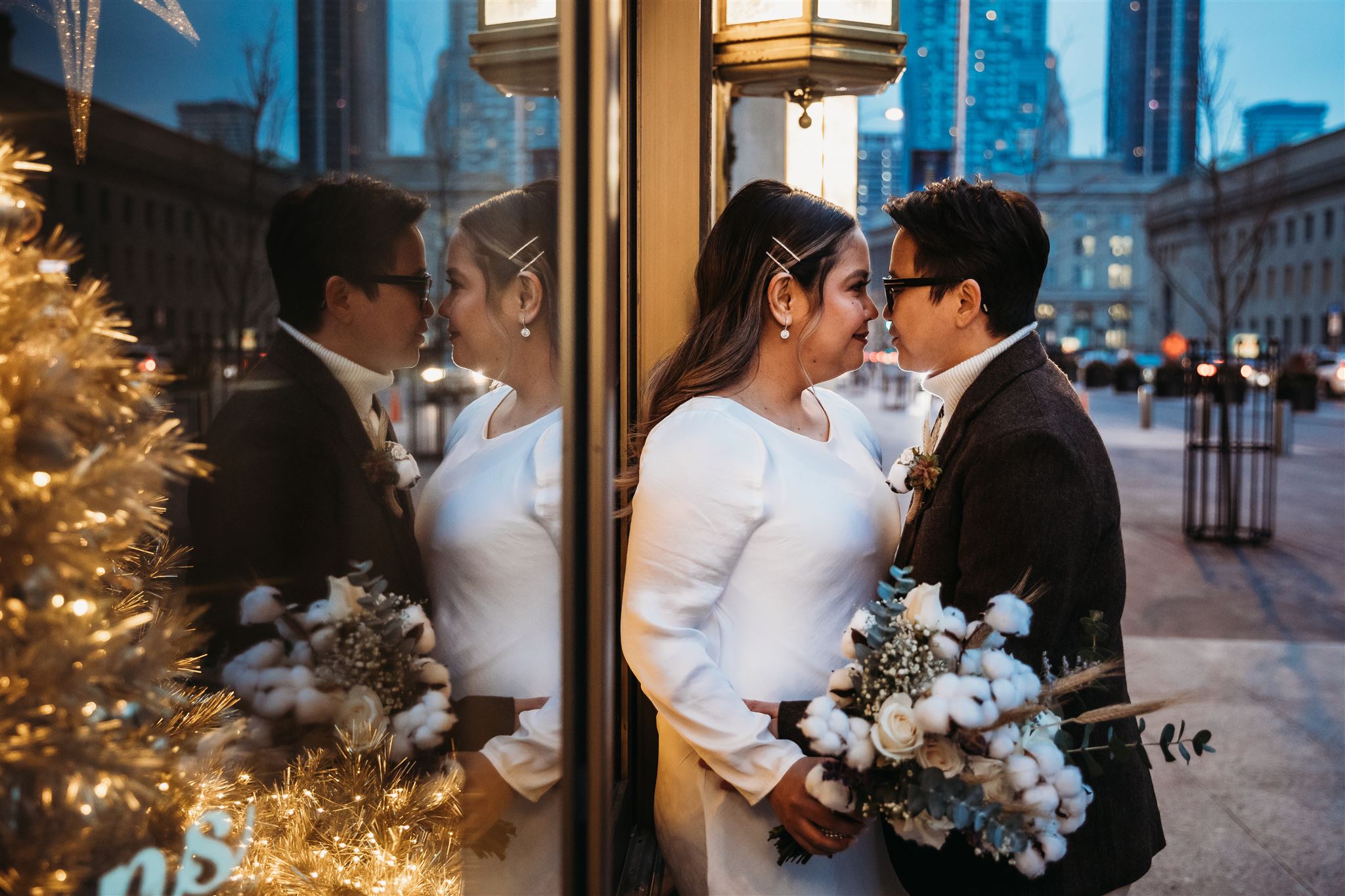
Hand Hygiene
Wash your damn hands. Keep hand sanizer around not only just for you but for everyone present. Hand hygiene isn’t going to stop airborne transmission, but it’s a part of keeping things safe. Also make sure to review the proper donning and doffing of your PPE (ie: puting it on and taking it off) because dirty hands can contaminate yoru face real quickly if you aren’t taking your PPE off properly.
Gear Hygiene
Everyone’s gear is going to be different so make sure you seek our information directly from your gear’s manufacturer about proper cleaning techniques as well as what you can or cannot use on your gear. With that being said, also ensure that you are not sharing gear between people on set (especially if you have multiple photographers present)
No contact sessions
Remember hugs? I miss hugs – but we’ll have to leave hugs on the sidelines a little longer and opt for no-contact sessions. Hugs, handshakes and high-fives are a no-go, ditto for fixing wardrobe, hair and accessories.
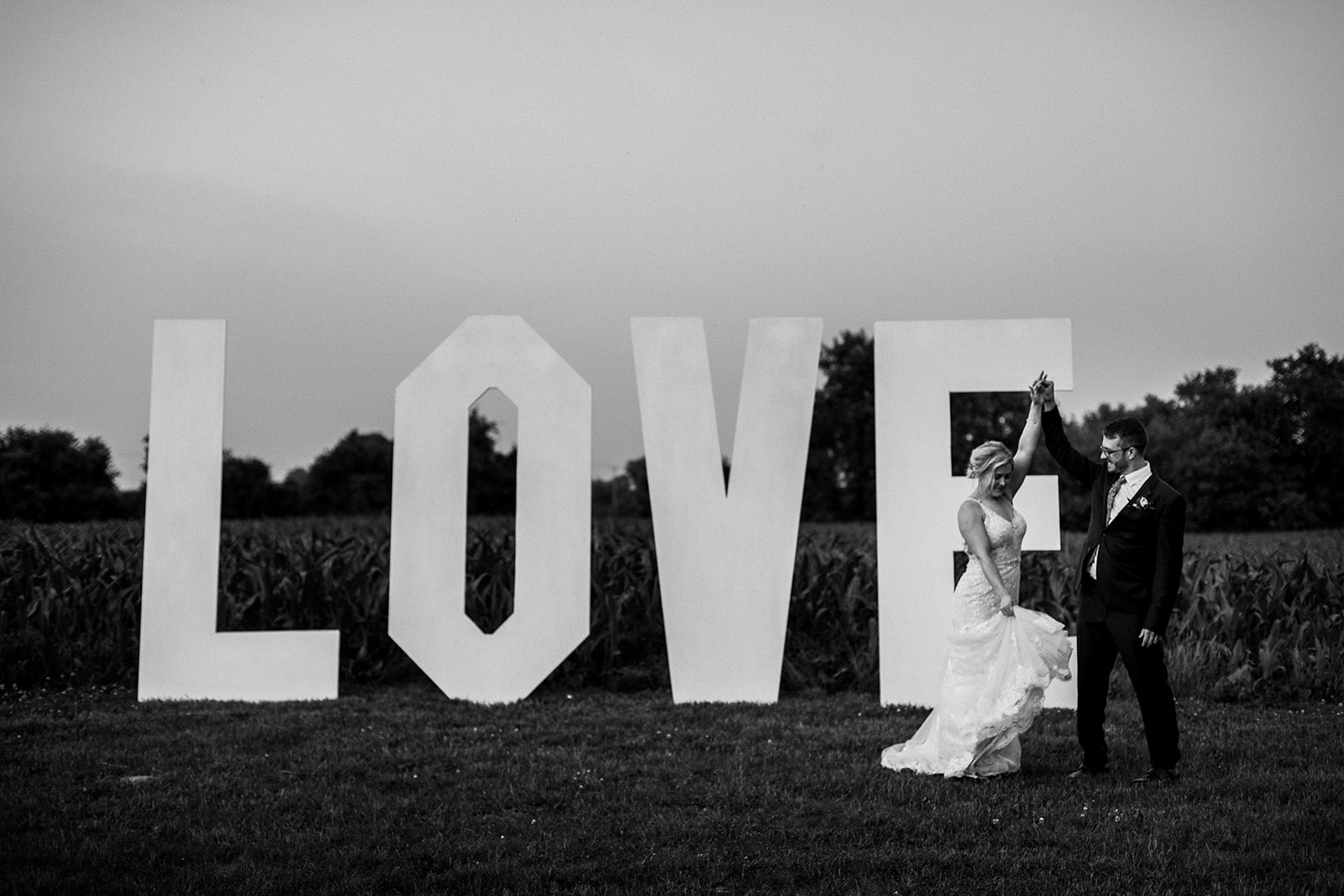
Flexible illness policies
Most photographers have a 24-48 cancellation policy where last minute cancellations are still charged the standard session price. While these types of policies are industry standard and will return to industry standard once the pandemic is over, as a means of ensuring that you’re creating a safe environment for your clients, consider waiving any fees associated with cancellation due to illness. This will encourage your clients to be truthful to you about any symptoms or exposures they have be having or have had prior to the session.
Screening + Tracing
In alignment with the province of Ontario’s policies (or your unique state or province’s policies), screening of your clients will likely be required. Make sure you know what kind of screening is expected (active vs passive) and what the next steps are for you as a business if:
- A client screens positive
- A client reports a positive test within 14 days of working with you
Do you know who to call? Do you know what to do? You better know this before you pack your camera bag.
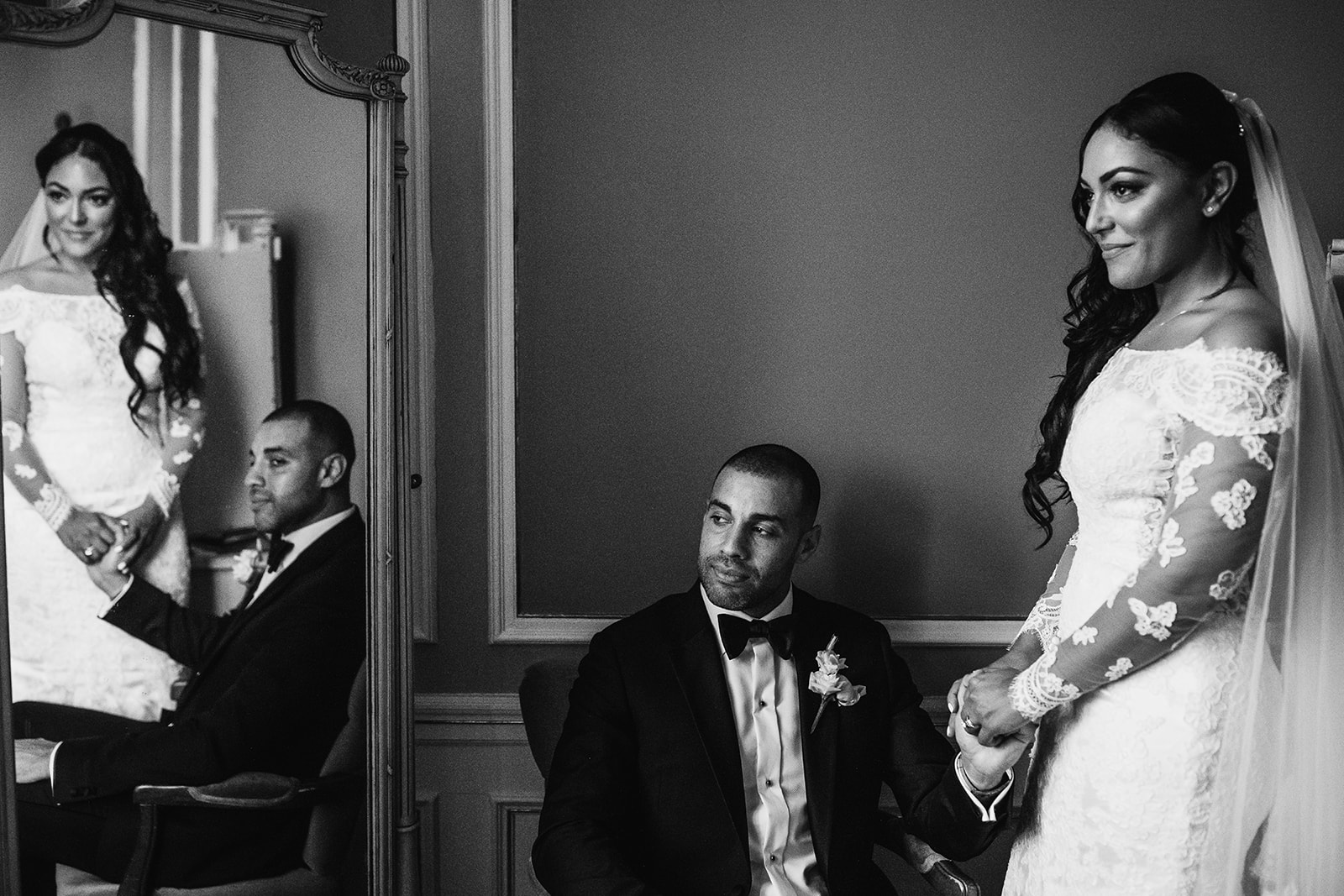
Establishing indoor protocols
If and when you do start shooting inside, you need to be keenly aware of not only ensuring adequate ventilation in your indoor space, but also ensuring that proper sanitization is taking place in between clients – this includes not only your shooting space but anywhere that they may be getting ready in, waiting in as well as washrooms.
You also need to be considerate of things like shared spaced, consumption of food and beverage and ensure that any assistants or team members you have know their designated roles in order to minimize any unnecessary contact.
Vaccinated vs. Non-Vaccinated
Remember when I talked about how part of your plan for photography safety during COVID-19 means understanding science and listening to the evidence? That means you understand that vaccines do not cause “shedding” of virus particles or any other anti-science BS like that, right? Okay good – we’re on the same page but for anyone who still doesn’t quite get it: It is perfectly safe to be around any person who has had the COVID-19 vaccine, or any other vaccine for that matter.
At the time of writing this article, Canadian vaccination isn’t doing so hot. Only about 40% of Ontario has had 1 dose (and that’s not counting kids, who aren’t eligible yet) and less than 4% have received both doses. It will be some time before a lot of folks have both doses because Canada is making horrible decisions about the vaccination schedule and making people wait 4-month in between doses… but I digress. The point is, it’s going to be a few more months until we’re in situations where there’s even the possibility that both the photographer and the clients are fully vaccinated, so knowing what you are and are not okay with is important.
If you’re not fully vaccinated
- Are you okay photographing maskless people indoors if they also have not had both vaccines?
- Are you okay photographing maskless people indoors if they are unvaccinated and so are other people in your household?
- Are you okay photographing maskless people indoors if they are unvaccinated and you have clients in the next few weeks who may be vulnerable and immucompromised? (Maternity, newborn shoots, etc.)
If you are fully vaccinated
- Are you okay photographing maskless people indoors if they also have not had both vaccines?
- Are you okay photographing maskless people indoors if they are unvaccinated and so are other people in your household?
- Are you okay photographing maskless people indoors if they are unvaccinated and you have clients in the next few weeks who may be vulnerable and immucompromised? (Maternity, newborn shoots, etc.)
- Are you okay photographing maskless people indoors if they also have not had both vaccines but the pandemic is finally declared ‘over’ and we at least have herd immunity?
It’s important to think about these scenarios when it comes to photography safety during COVID-19 because you need to have a plan on how you’ll set these boundaries with your clients and what you’ll do if those boundaries are broken.
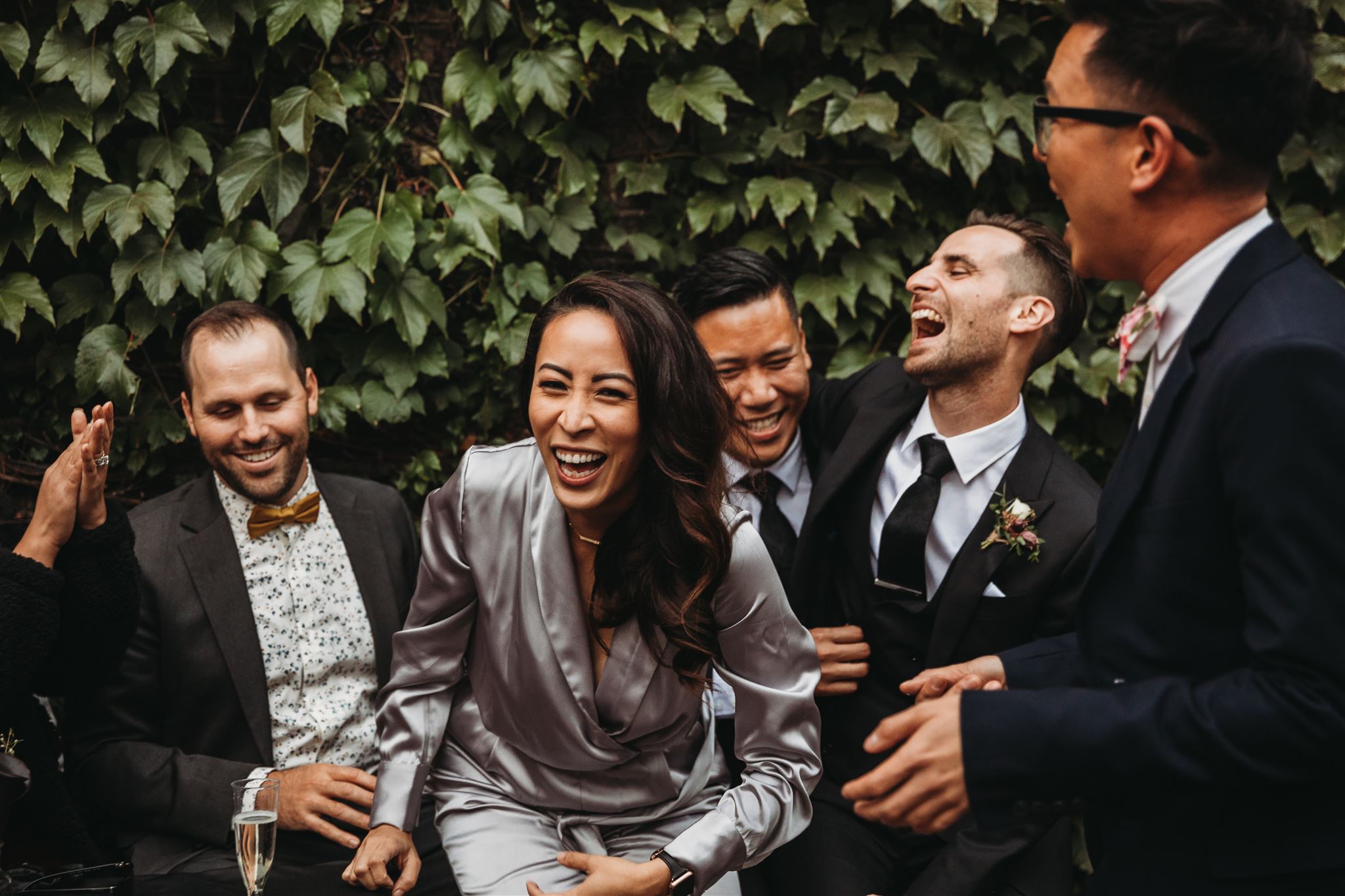
Photography safety during COVID-19 isn’t a game and it’s not as simply as just putting on a zoom lens and keeping your distance. We’re all struggling right now because of the considerable impact that COVID-19 has had on small businesses; but just because our government makes poor decisions about us, doesn’t mean we should be making poor decisions about our clients and their safety. Let’s all do a little bit better.
